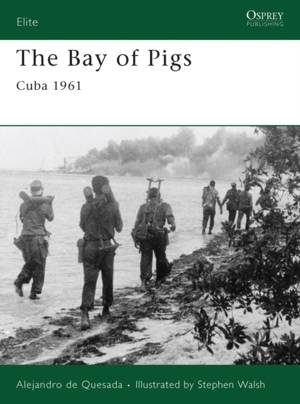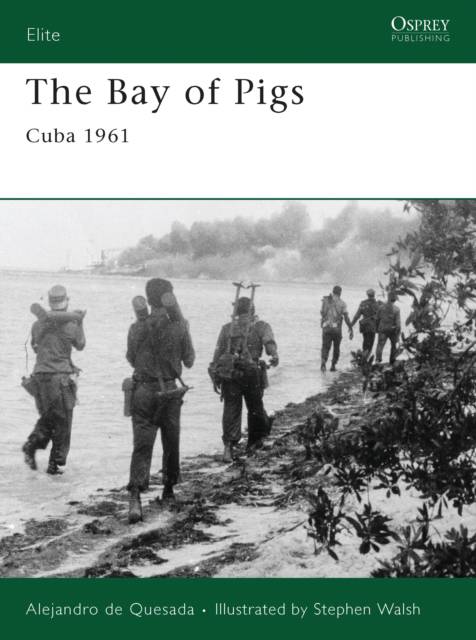
- Afhalen na 1 uur in een winkel met voorraad
- Gratis thuislevering in België vanaf € 30
- Ruim aanbod met 7 miljoen producten
- Afhalen na 1 uur in een winkel met voorraad
- Gratis thuislevering in België vanaf € 30
- Ruim aanbod met 7 miljoen producten
Zoeken
€ 20,95
+ 41 punten
Omschrijving
Osprey's examination of the events in the Bay of Pigs (1961) that led to the Cuban Missile Crisis (1962). In early 1961 President John F. Kennedy gave the go-ahead to an existing plan for Cuban exiles to return to overthrow Fidel Castro's communist regime. While the CIA helped in the planning stages, the attempt would not be assisted by any US armed forces. On the night of April 16, 1961, a force of 1,400 exiles, known as 2506 Brigade, landed at the Bay of Pigs on the south coast of Cuba, supported by a few World War II vintage aircraft flying from Nicaragua. While they succeeded in knocking out some of Castro's small air force on the ground, the remaining Cuban aircraft sank two of the exiles' support ships, and the beachhead became isolated. Fighting continued for three days before Castro's army overwhelmed the landing force. Most of the exiles were captured and suffered a harsh imprisonment before the US negotiated their release. This episode, followed by the installation of Soviet missiles in Cuba, led directly to the Cuban Missile Crisis of October 1962, and continues to affect US/Cuban diplomatic relations to this day. This book, written by the nephew of a surviving 2506 Brigade veteran, includes detailed color plates, unpublished photographs, and interviews with veterans.
Specificaties
Betrokkenen
- Auteur(s):
- Illustrator(s):
- Uitgeverij:
Inhoud
- Aantal bladzijden:
- 64
- Taal:
- Engels
- Reeks:
- Reeksnummer:
- nr. 166
Eigenschappen
- Productcode (EAN):
- 9781846033230
- Verschijningsdatum:
- 20/01/2009
- Uitvoering:
- Paperback
- Formaat:
- Trade paperback (VS)
- Afmetingen:
- 178 mm x 241 mm
- Gewicht:
- 204 g

Alleen bij Standaard Boekhandel
+ 41 punten op je klantenkaart van Standaard Boekhandel
Beoordelingen
We publiceren alleen reviews die voldoen aan de voorwaarden voor reviews. Bekijk onze voorwaarden voor reviews.








